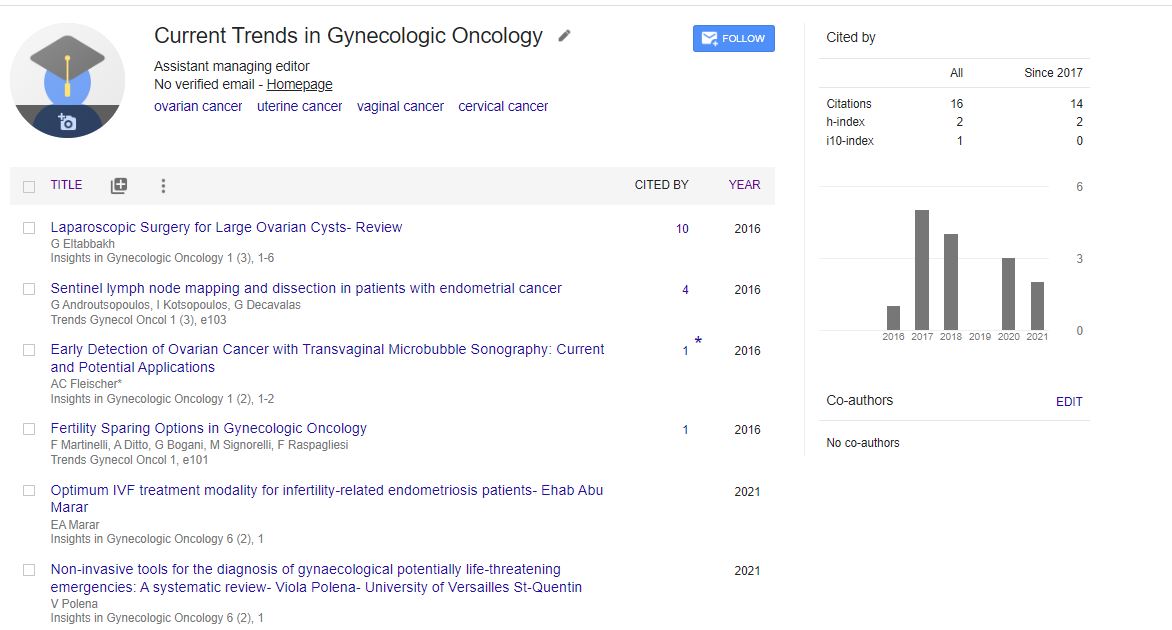Classification of neonatal medication errors using a validated, standardised tool
*Corresponding Author:
Copyright: © 2020 . This is an open-access article distributed under the terms of the Creative Commons Attribution License, which permits unrestricted use, distribution, and reproduction in any medium, provided the original author and source are credited.
Abstract
Medication errors (MEs) are common in neonates and have the potential to cause significant harm in a vulnerable population. Previous studies have categorised the seriousness of MEs in purely subjective terms. The National Coordinating Council for Medication Error Reporting and Prevention (NCC MERP) Index is a validated standardised tool for categorising MEs according to the severity of the outcome but there are limited data on its use in neonates. We describe the use of the MERP Index to categorise MEs in neonates. MEs reported to an online system in a level 3 NICU over a 12-month period were reviewed. The severity of the error was assessed using the MERP Index containing 9 categories of severity. Information on patient demographics and the type of ME was also collected. 337 MEs were identified in 167 infants with a median (IQR) gestational age of 28 (25-33) weeks, birthweight of 1005 (745-2244) g and age 14 (2-37) days. The most common type of MEs were prescription (181) and administration errors (119). Categorisation of errors using the MERP Index showed that the majority of MEs did not reach the patient (222/337). 65 were errors that reached the patient but did not cause harm and 15 required further intervention to prevent harm. There were no errors that resulted in harm or death. In conclusion, although MEs are common in neonates, the vast majority are of no clinical significance. The MERP Index allows systematic, objective categorization of errors and can be used effectively in a neonatal population

 Spanish
Spanish  Chinese
Chinese  Russian
Russian  German
German  French
French  Japanese
Japanese  Portuguese
Portuguese  Hindi
Hindi 